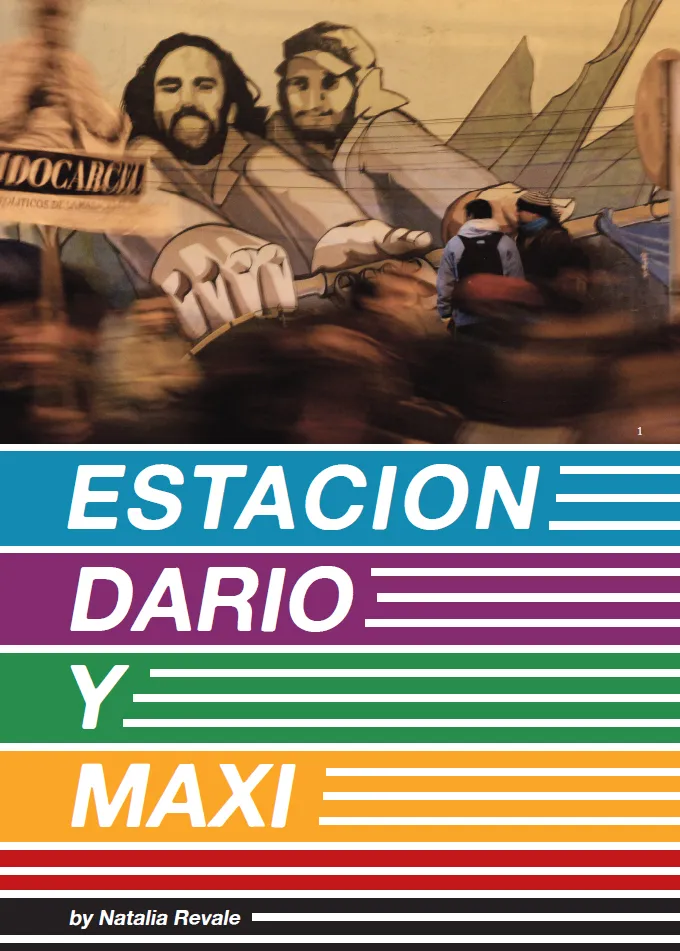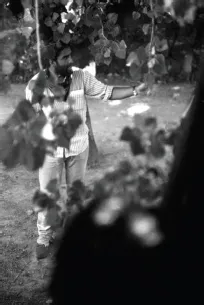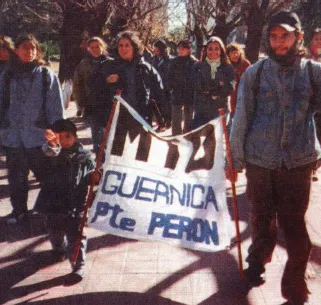
Signal: 07
A Journal of International Political Graphics and Culture
Josh MacPhee, Alec Dunn, Josh MacPhee, Alec Dunn
- 176 pages
- English
- ePUB (adapté aux mobiles)
- Disponible sur iOS et Android
Signal: 07
A Journal of International Political Graphics and Culture
Josh MacPhee, Alec Dunn, Josh MacPhee, Alec Dunn
À propos de ce livre
Signal is an ongoing book series dedicated to documenting and sharing compelling graphics, art projects, and cultural movements of international resistance and liberation struggles. Artists and cultural workers have been at the center of upheavals and revolts the world over, from the painters and poets in the Paris Commune to the poster makers and street theatre performers of the recent Occupy movement. Signal will bring these artists and their work to a new audience, digging deep through our common history to unearth their images and stories. We have no doubt that Signal will come to serve as a unique and irreplaceable resource for activist artists and academic researchers, as well as an active forum for critique of the role of art in revolution.
In the US there is a tendency to focus only on the artworks produced within our shores or from English speaking producers. Signal reaches beyond those bounds, bringing material produced the world over, translated from dozens of languages and collected from both the present and decades past. Though it is a full-color printed publication, Signal is not limited to the graphic arts. Within its pages you will find political posters and fine arts, comics and murals, street art, site-specific works, zines, art collectives, documentation of performance and articles on the often overlooked but essential role all of these have played in struggles around the world.
Highlights of the seventh volume of Signal include:
- Philadelphia Printworks: Maryam Pugh discusses the legacy and future of Black political art with John Morrison
- The Vinyl Records of Victor Jara: The world-wide impact of the nueva canción bard documented by Josh MacPhee
- Spectacular Commodities: Mehdi el Hajoui explores the objects of the Situationist International
- The Left Independistas: A fifty year retrospective of the graphics of the Catalan independence movement by Jordi Padró
- Hope in the Midst of Apathy: Vera Williams and the cover art of Liberation magazine by Alec Dunn
- Dario and Maxi: Natalia Revale documents the transformation of a Buenos Aires metro station
- We Will Break Open the Doors That Obscure the Sun: Erik Buelinckx uncovers the graphic work of the anarchist Belgian Expressionist Albert Daenens
- Giving Voice to the Voiceless: Bill Berkowitz interviews California printer and poster maker Malaquías Montoya
Foire aux questions
Informations


